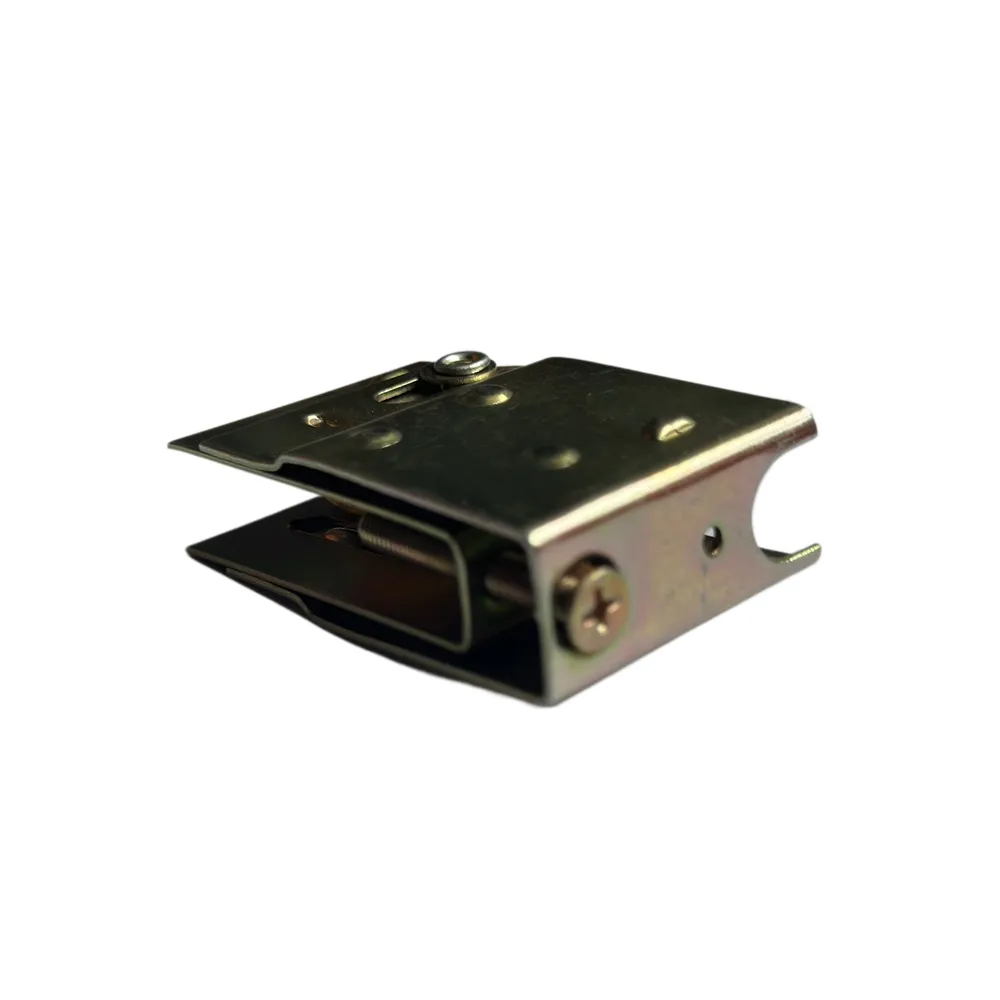Choosing the Right Tracks and Wheels for Smooth Sliding Door Operation and Maintenance
Understanding Track and Wheels for Sliding Doors
Sliding doors are a popular choice for both residential and commercial spaces, offering elegance, functionality, and space-saving benefits. One of the key components that ensure their smooth operation is the track and wheel system. Understanding how these components work is crucial for selecting, installing, and maintaining sliding doors effectively.
The Function of Tracks and Wheels
The track system is the backbone of a sliding door. It is typically made of aluminum or steel and is mounted at the top (and sometimes the bottom) of the door frame. The wheels, which are mounted on the door itself, glide along these tracks, enabling the door to open and close with ease. The design of the track can significantly affect the door’s performance, as well as its durability and noise level during operation.
There are generally two types of tracks used in sliding doors the single track and the double track. Single tracks allow one door to slide open and close, while double tracks accommodate two doors that can slide in opposite directions. The choice between these options will depend on the space available and the design intended for the area.
Types of Wheels
Wheels come in various shapes and materials, catering to different weight capacities and styles of sliding doors
. The most common types of wheels are1. Nylon Wheels Lightweight and quiet, nylon wheels are popular in residential settings. They provide smooth movement and are resistant to wear, making them suitable for lighter doors.
track and wheels for sliding door

2. Steel Wheels For heavier or commercial sliding doors, steel wheels are often used. They are more robust, providing the necessary strength to support the weight of the door. While they may be noisier than nylon, they offer greater durability.
3. Adjustable Wheels Some wheels come with adjustment features, allowing users to fine-tune the height of the door for an ideal fit. This is especially important for ensuring the door operates smoothly without dragging on the floor.
Installation and Maintenance
Proper installation of the track and wheels is essential for the optimal functioning of sliding doors. The track must be level and securely fastened to ensure that the wheels glide effortlessly. Misalignment can lead to wear and tear or, worse, jams.
Regular maintenance is also key to prolonging the lifespan of sliding doors. This includes cleaning the tracks to remove dirt and debris that can hinder movement. Lubricating the wheels and the tracks can help reduce friction and noise, facilitating smoother gliding. If any wheels show wear or damage, they should be replaced promptly to avoid additional problems.
Conclusion
In summary, the track and wheel system is fundamental to the functionality of sliding doors. Understanding the different types of tracks and wheels available, as well as their installation and maintenance needs, can enhance the performance and longevity of these stylish doors. By selecting the right components tailored to your specific needs, you can enjoy the benefits of sliding doors in your home or business. Whether you seek the convenience of space-saving designs or wish to create a seamless transition between indoor and outdoor environments, the right track and wheel selections will ensure your sliding doors operate smoothly and effortlessly.
-
Wrought Iron Components: Timeless Elegance and Structural StrengthNewsJul.28,2025
-
Window Hardware Essentials: Rollers, Handles, and Locking SolutionsNewsJul.28,2025
-
Small Agricultural Processing Machines: Corn Threshers, Cassava Chippers, Grain Peelers & Chaff CuttersNewsJul.28,2025
-
Sliding Rollers: Smooth, Silent, and Built to LastNewsJul.28,2025
-
Cast Iron Stoves: Timeless Heating with Modern EfficiencyNewsJul.28,2025
-
Cast Iron Pipe and Fitting: Durable, Fire-Resistant Solutions for Plumbing and DrainageNewsJul.28,2025
-
 Wrought Iron Components: Timeless Elegance and Structural StrengthJul-28-2025Wrought Iron Components: Timeless Elegance and Structural Strength
Wrought Iron Components: Timeless Elegance and Structural StrengthJul-28-2025Wrought Iron Components: Timeless Elegance and Structural Strength -
 Window Hardware Essentials: Rollers, Handles, and Locking SolutionsJul-28-2025Window Hardware Essentials: Rollers, Handles, and Locking Solutions
Window Hardware Essentials: Rollers, Handles, and Locking SolutionsJul-28-2025Window Hardware Essentials: Rollers, Handles, and Locking Solutions -
 Small Agricultural Processing Machines: Corn Threshers, Cassava Chippers, Grain Peelers & Chaff CuttersJul-28-2025Small Agricultural Processing Machines: Corn Threshers, Cassava Chippers, Grain Peelers & Chaff Cutters
Small Agricultural Processing Machines: Corn Threshers, Cassava Chippers, Grain Peelers & Chaff CuttersJul-28-2025Small Agricultural Processing Machines: Corn Threshers, Cassava Chippers, Grain Peelers & Chaff Cutters












